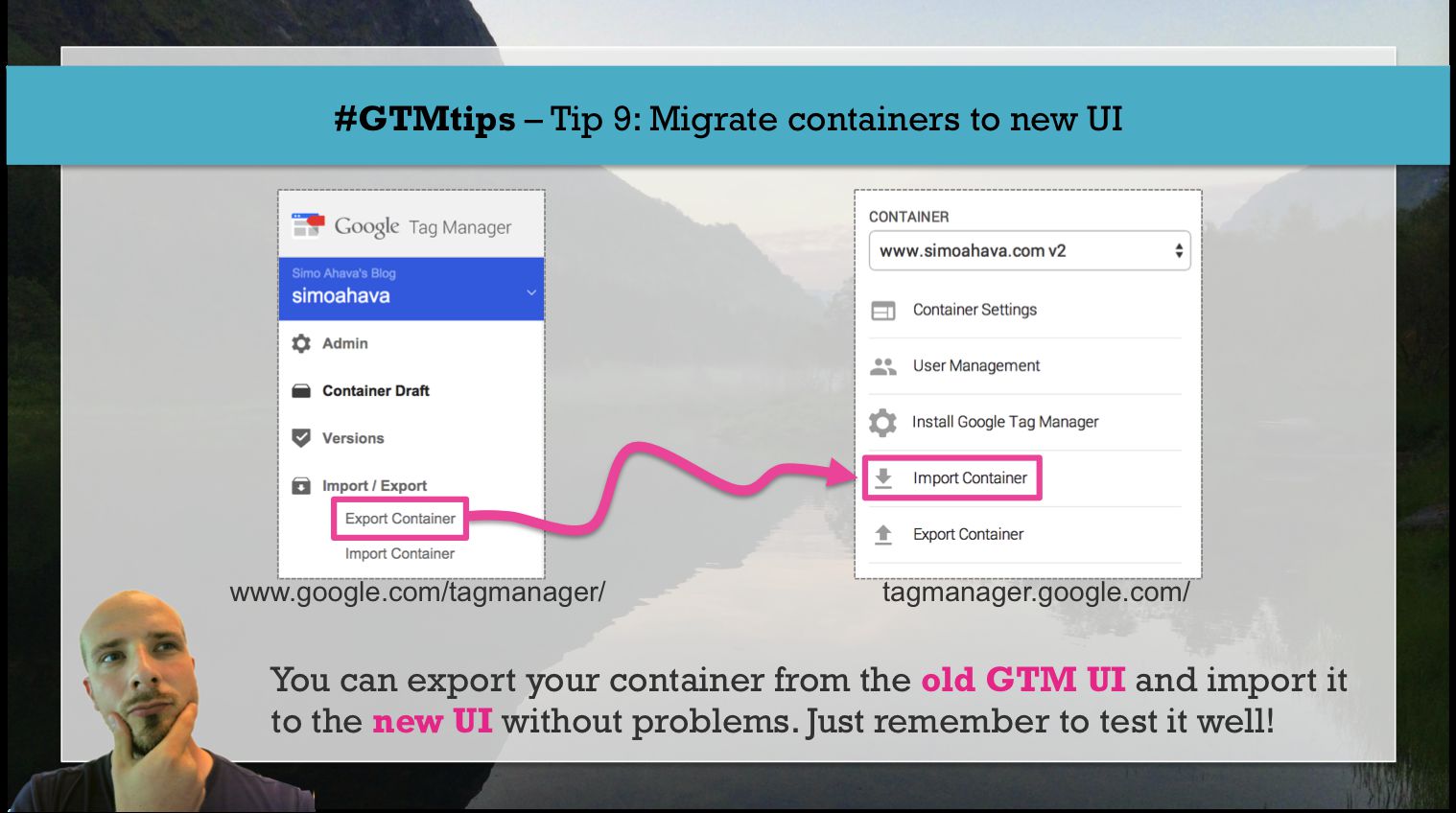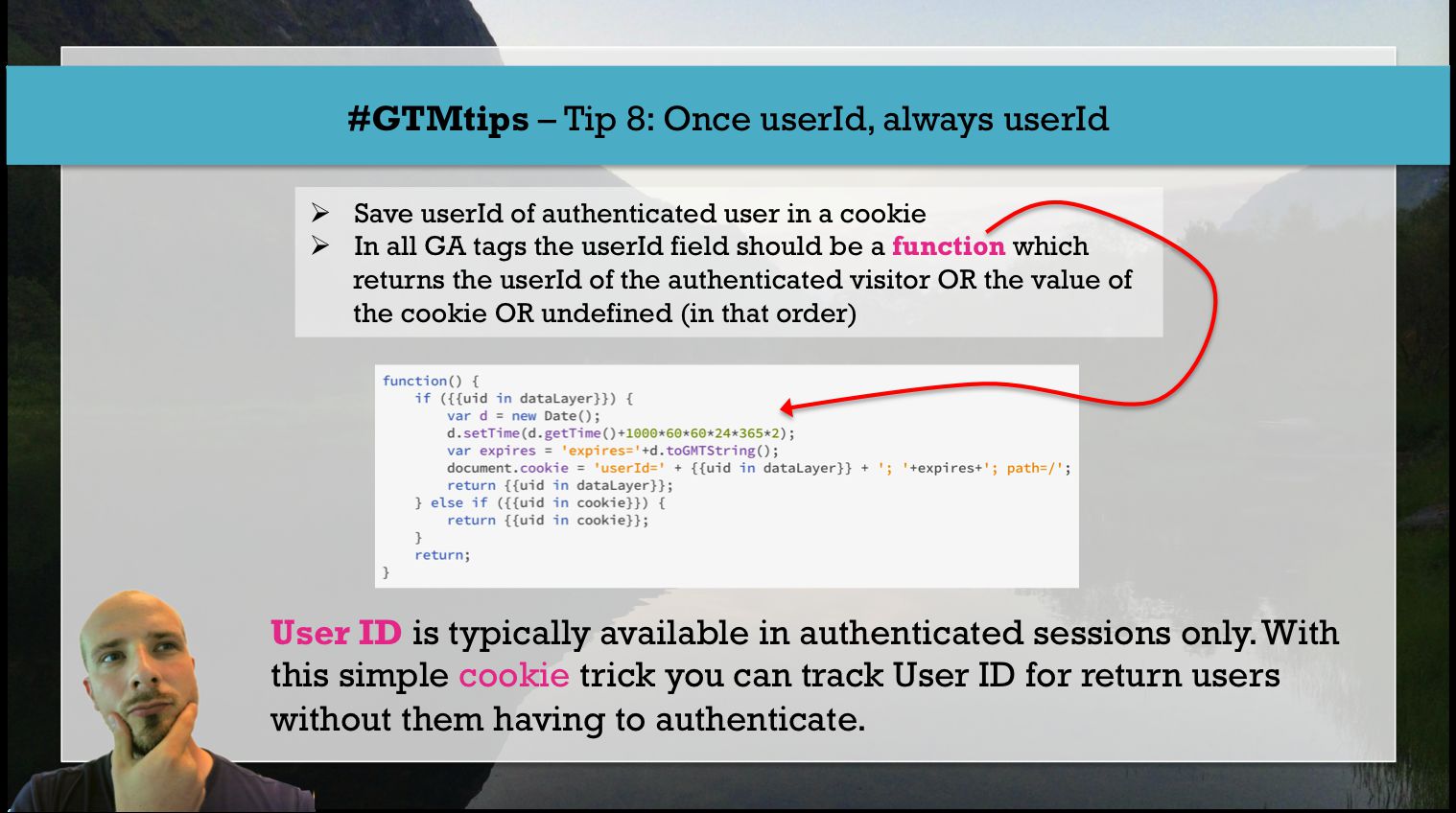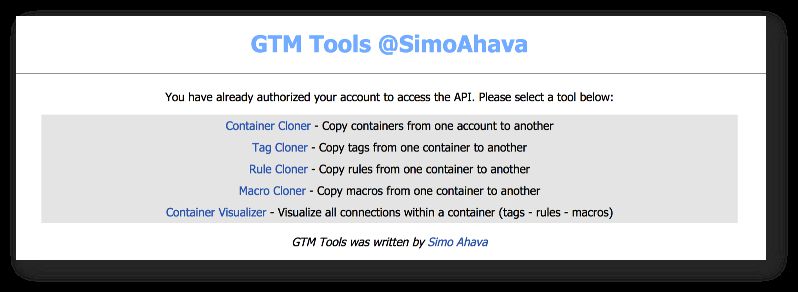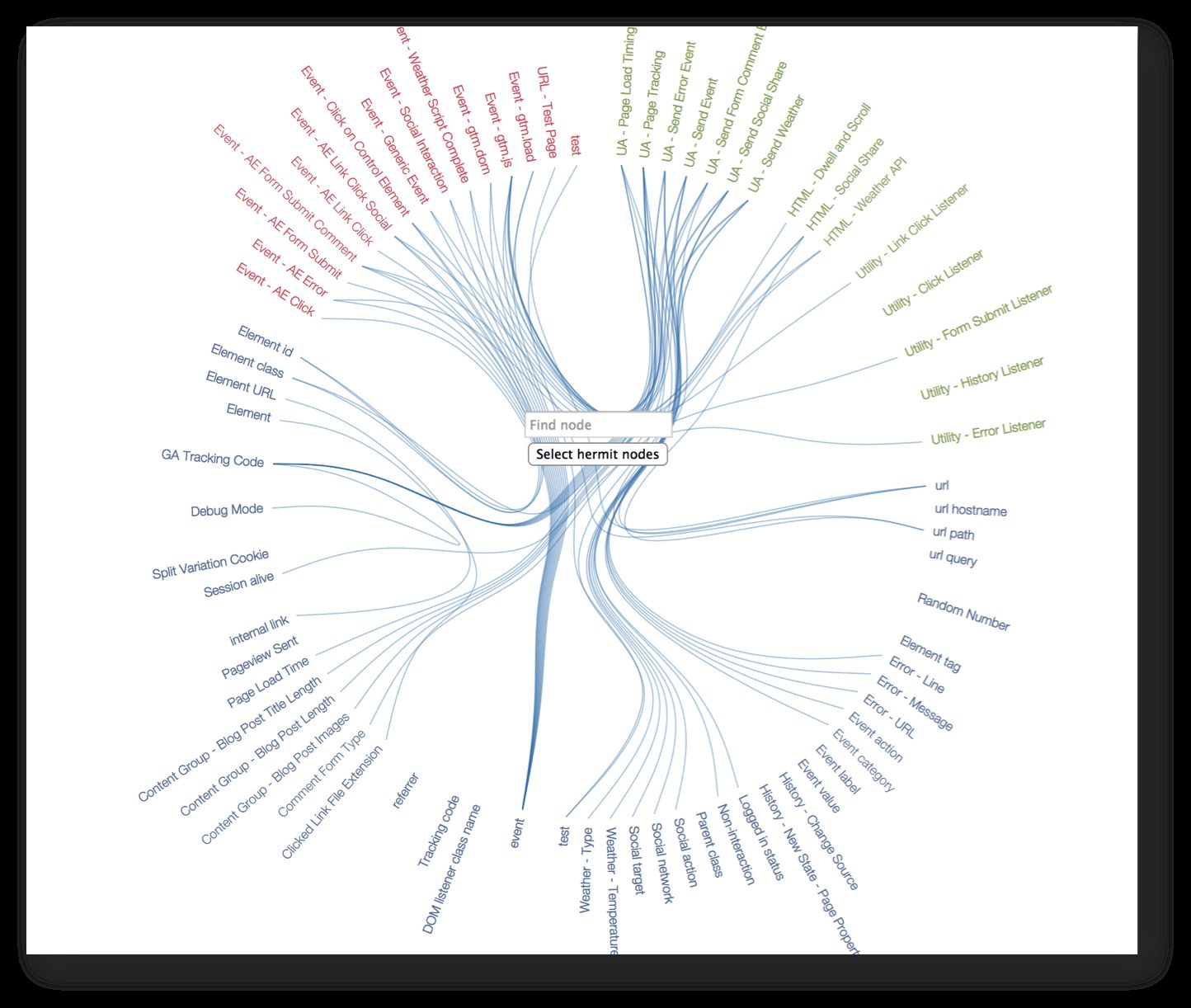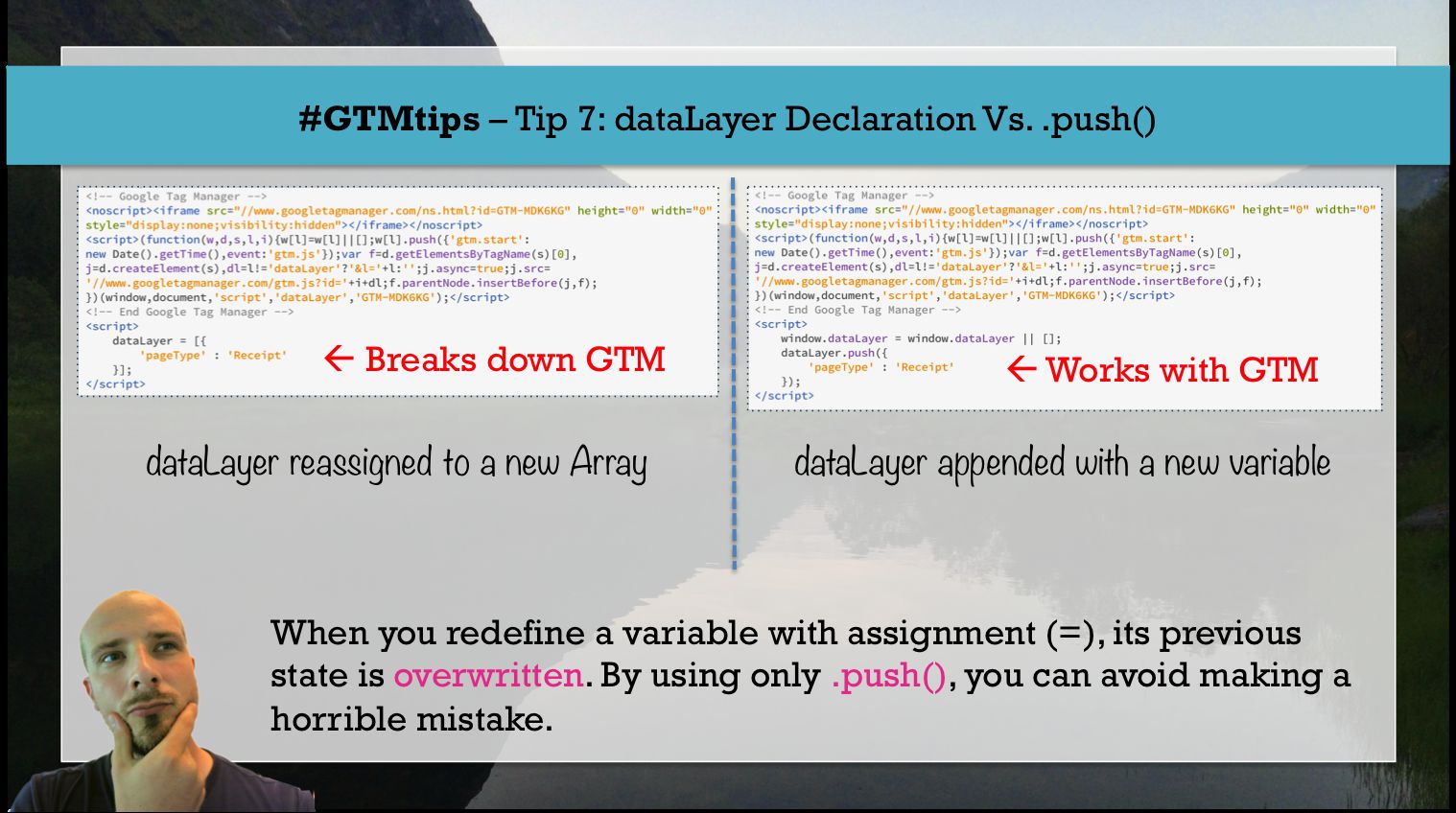If you use Google Analytics, Google Tag Manager, or any JavaScript-based data collection or analytics platform, have you ever stopped to wonder how they actually work? I mean, you obviously care about getting the data in, but are you taking the machinations of these tools for granted?
This is something I’ve been thinking about for a long while, because I’m not so sure that many who work with these platforms actually understand how the browser and the web page interact.

